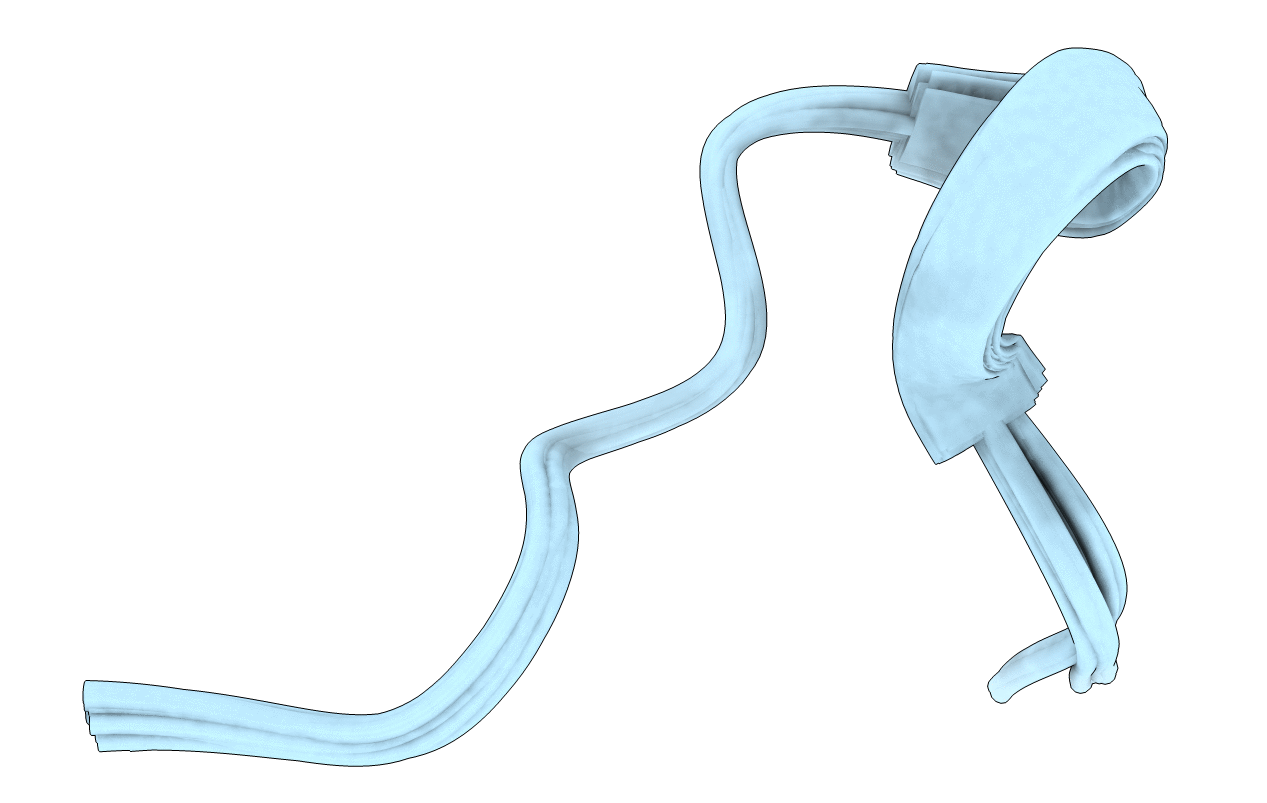
Deposition Date
2019-04-28
Release Date
2019-07-31
Last Version Date
2024-11-06
Method Details:
Experimental Method:
Conformers Calculated:
100
Conformers Submitted:
20
Selection Criteria:
structures with the lowest energy


